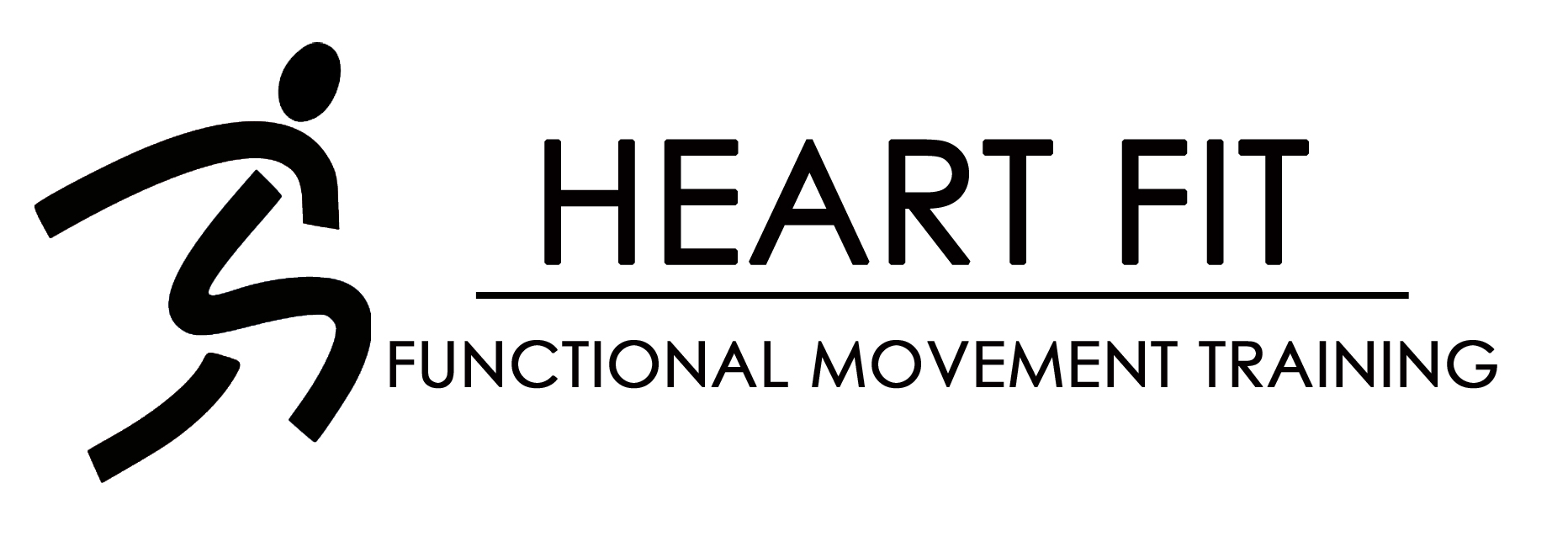Mobility Matters
Mobility is probably the number one limiting factor in one’s workout and it can explain a lot of potholes or plateaus in your lack of improvement. For seniors a loss of mobility can make even the most ordinary of daily activities impossible to accomplish. Mobility is based on the ability of a joint system to allow for uninfluenced movement. It is very common for some soft tissue or joint-mediated restrictions to cause your lack of mobility but in today’s world instability is the biggest culprit. So what can be done and how can one’s mobility be improved? Should we stretch? The answer may surprise you but no, not necessarily.
When I’m working with someone that lacks joint mobility quite often they will lack motor control (stability) as well. For example someone who is unable to touch their toes due to very tight hamstrings would think they need to stretch them more when in fact their core is too weak to properly stabilize their pelvis. Why can’t we just stretch the hamstrings and hope it gets better? Well for one if the muscle or fascia is to blame for a lack of mobility, then stretching it more is not going to make it get longer. My assumption is that the lack of length is a protective mechanism from the brain and due to ones lack of core stability the hamstrings will act like a parking brake. Trying to override this without addressing core stability first can lead to an injury. Another example are those with shoulder mobility issues one may think “I need to stretch more”, but most people with maybe the exception of elite swimmers will lack mobility and stability of their upper spine (thoracic region). This is the underlying cause of restricted shoulder movement. Having the right amount of mobility/stability in your upper spine is extremely important because it interacts directly with the shoulder blades (scapula). When you don’t have control over your shoulder blades other muscles surrounding (the rhomboids, levator scapulae and pectoralis minor) have to pick up the slack by doing the work that your shoulder blades should be doing causing neck and shoulder pain. This is why you get instant relief when a massage therapist works on these muscles because they participate in downwardly rotating your shoulder blade. But this will not solve the underlying problem and the tightness will return within a day or two. Instead we could eliminate the problem by getting the muscles (rhomboids, levator scapulae and pectoralis minor) to shut off or calm down by doing some soft tissue work and add some exercises that activate the serratus anterior and lower trapezius. Research shows that by doing push-ups with your feet elevated will shut off the pectoralis minor which is tight and activate the serratus anterior[1], even more effective would be to perform these on a power plate (vibration stimuli) [2]. This is also a shoulder friendly exercise as well as it keeps our shoulder blades from impinging our rotator cuff.
So why is improving one’s mobility so important? Well for one your body is like a series of slingshots. You have a series of stable segments throughout your body trying to maintain position on moving mobile joints. When the “mobile” element doesn’t allow for the range of motion you want pain and injury will follow. So unlike the slingshot our body figures out a way to win even if cheating is involved. When the hips don’t move well, the lumbar spine or knee will pick up the extra slack (range of motion) even if they aren’t ideally supposed to. Most often that doesn’t cause pain right away. And for well-motivated individuals, they still might be able to be successful in lifting heavy weight or losing weight. But over time, that slingshot will break down.This process works everywhere in the body and everyone will see huge improvements in their overall fitness with improved mobility instead of putting more stress on joints that don't move freely like so many of us do.
References
1. An electromyographical analysis of the scapular stabilizing synergists during a push-up progression.
http://www.ncbi.nlm.nih.gov/pubmed/9742471?ordinalpos=1&itool=EntrezSystem2.PEntrez.Pubmed.Pubmed_ResultsPanel.Pubmed_DefaultReportPanel.Pubmed_RVDocSum
2. The effects of vibration stimuli applied to the shoulder joint on the activity of the muscles around the shoulder joint.
http://www.ncbi.nlm.nih.gov/pubmed/24396199
